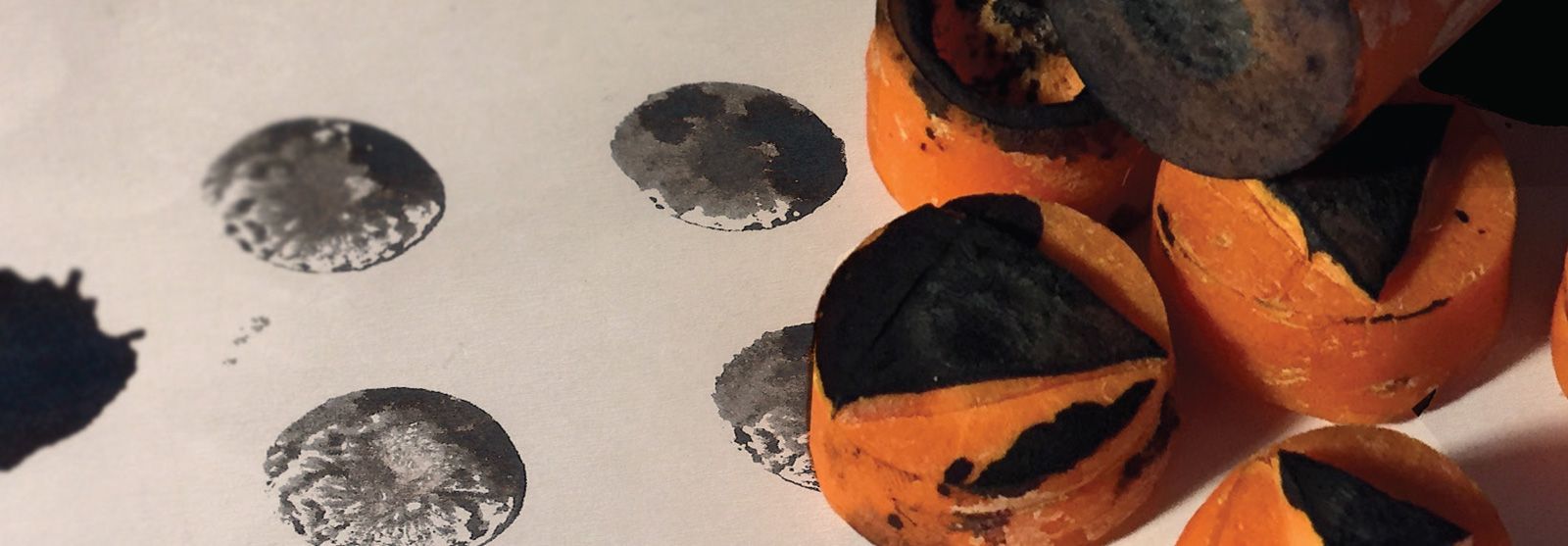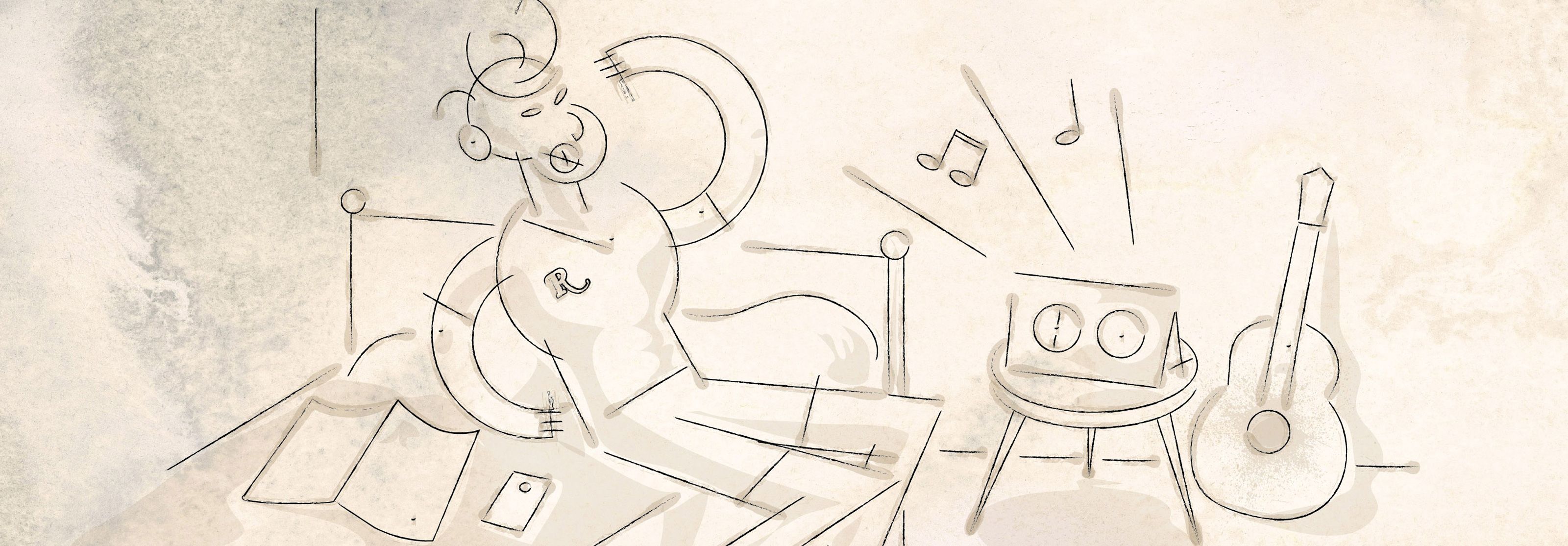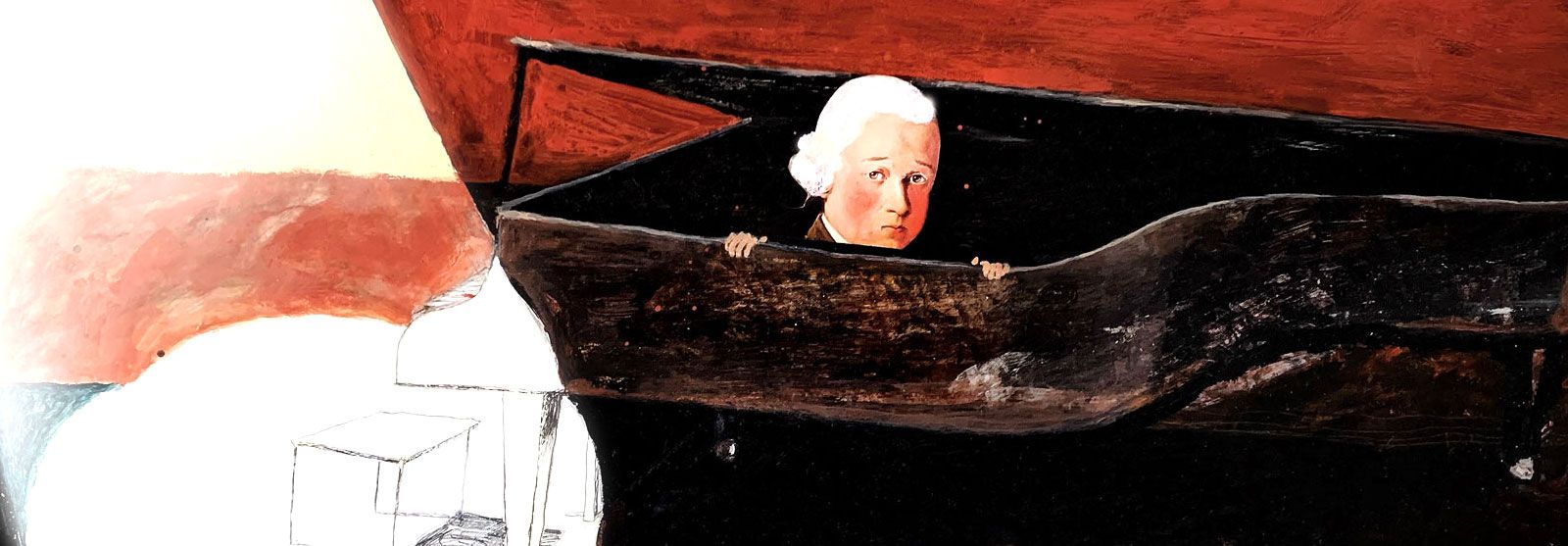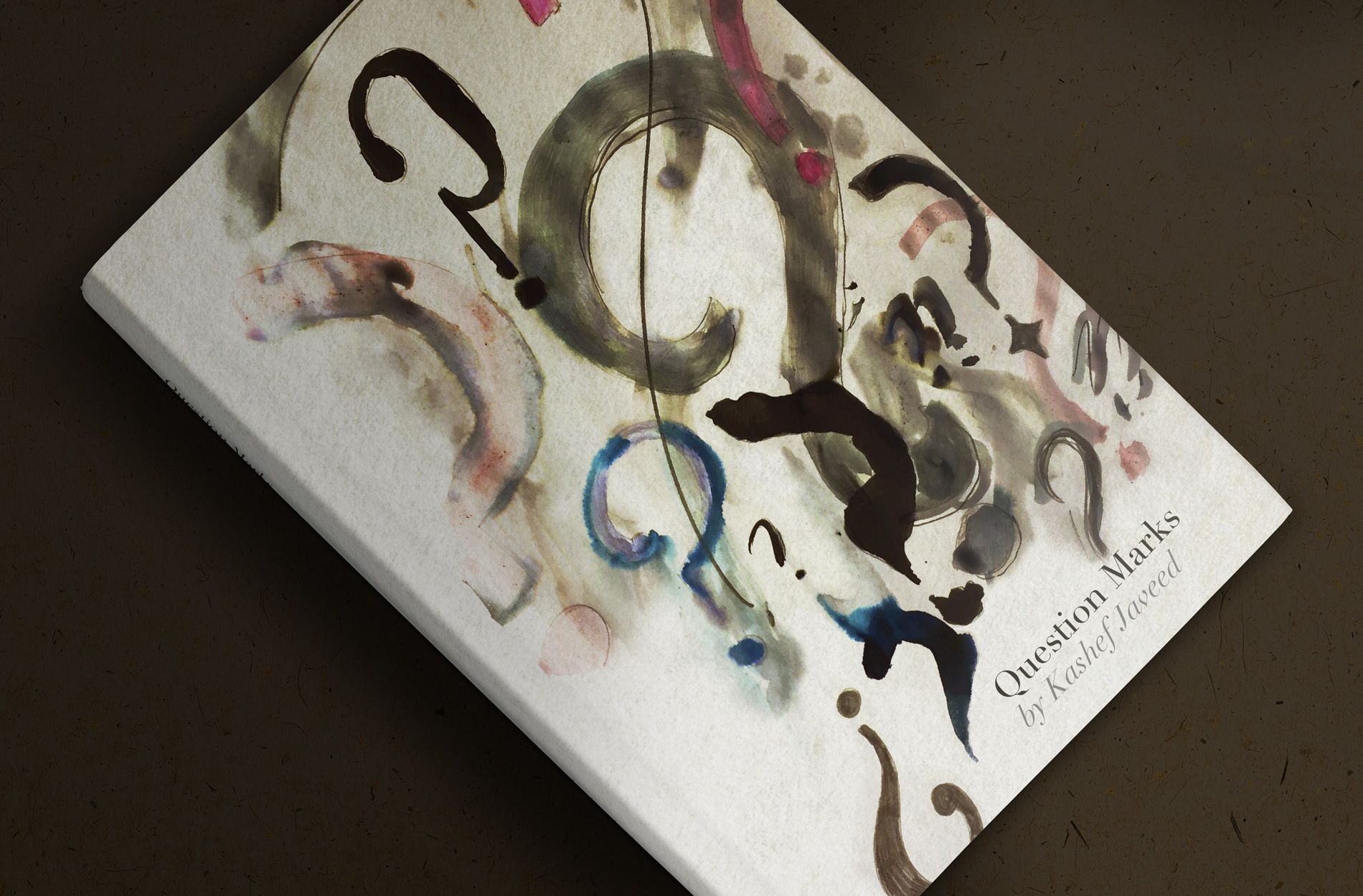
In 2015 my good friend Kashef approached me with a question. If I wanted to create a cover image for his new collection of poems called Question Marks? The idea for the cover was to show a multitude of question marks from different languages and cultures in all shapes and colors. This prompted me to look into the history of the actual question mark as we know it. There are many stories, and one of them goes that it originated from Latin. Punctuation first became needed when Latin spread all over Europe (and later also the rest of the world) along with religious texts. Their readers needed to know where various semantical parts began and ended as well as to interpret them correctly. So it started from the word qvaestio, meaning question. This word was reportedly abbreviated in the Middle Ages by scholars as just qo. Eventually, a capital “Q” was written over the “o”, and it formed one letter. ?
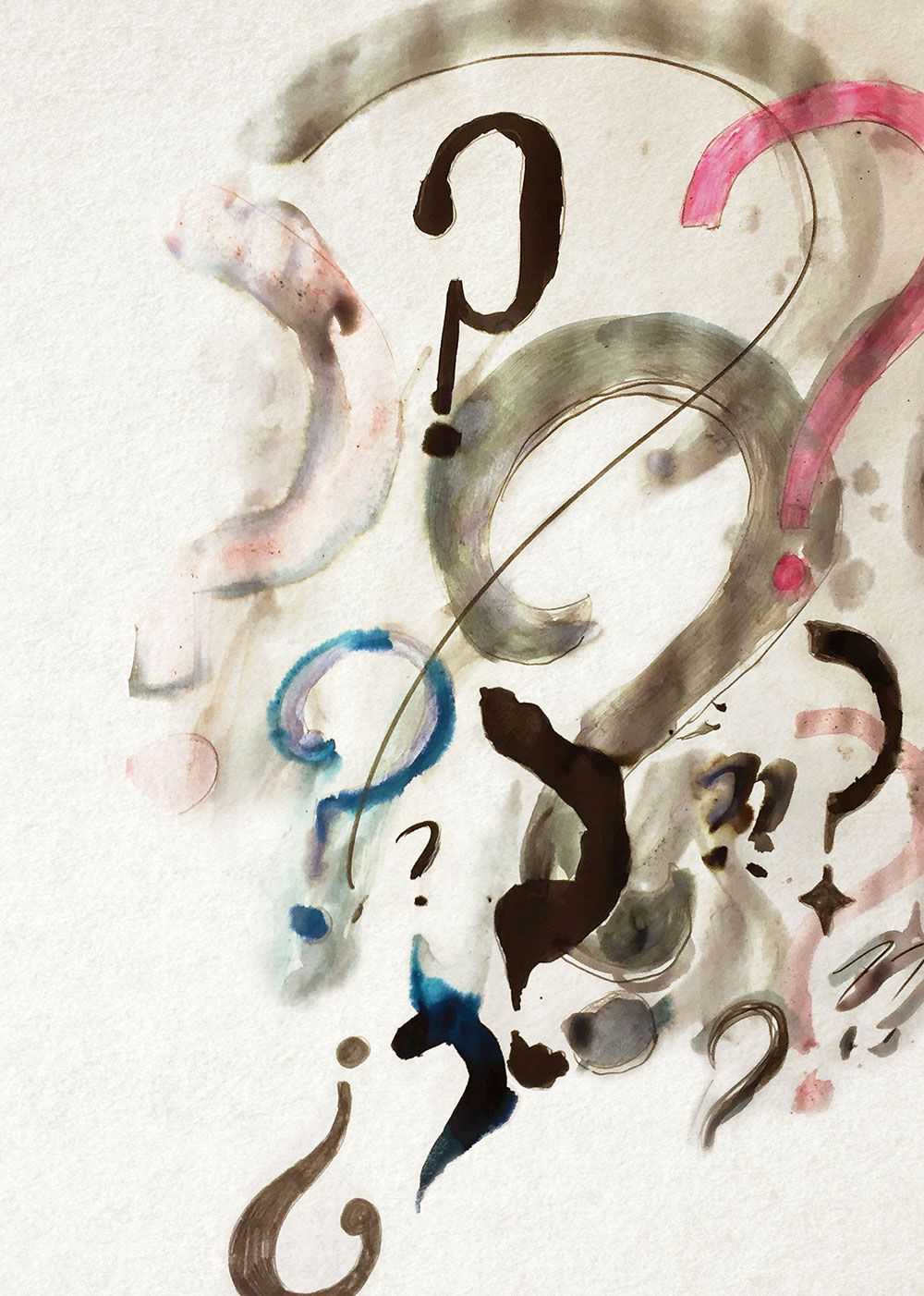
The use of our language tells us how we think. Is there a language without questions? Is there a culture that looks different towards the use of questioning, and resolving, things? The philosopher Peter Carruthers has argued that there is a type of inner, explicitly linguistic thinking that allows us to bring our own thoughts into conscious awareness. We may be able to think without language, but language lets us know that we are thinking.
Who looks out with my eyes? What is the soul? I cannot stop asking. If I could taste one sip of an answer, I could break out of this prison of drunks!
Rumi
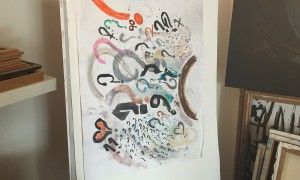 Kashef is an Iranian/Pakistani Marketing manager in real life, but also an avid writer and poet that has published several books. When I first met him, as a total stranger, in Abu Dhabi somewhere around 2007, we had a spontaneous conversation that lasted at least 4 hours.
Kashef is an Iranian/Pakistani Marketing manager in real life, but also an avid writer and poet that has published several books. When I first met him, as a total stranger, in Abu Dhabi somewhere around 2007, we had a spontaneous conversation that lasted at least 4 hours.
The cover illustration is based on a loose hand drawing in mixed media of a group of question marks, digitalized and afterwards reconstructed within Photoshop. This way you could say that it stays more ‘human’. The ‘hand-of-the-artist’, otherwise also called ‘imperfection’, is still visible and provides an extra value to the design.
Like many of you out there
I need to explore
I need to feel
I need to sense
I need to know
I need to seek
I seek a riveting yet rational reason.
I seek a profound yet purified truth.
I seek a luring yet logical answer.
I seek a boisterous yet believing reality.
Kashef Javeed
